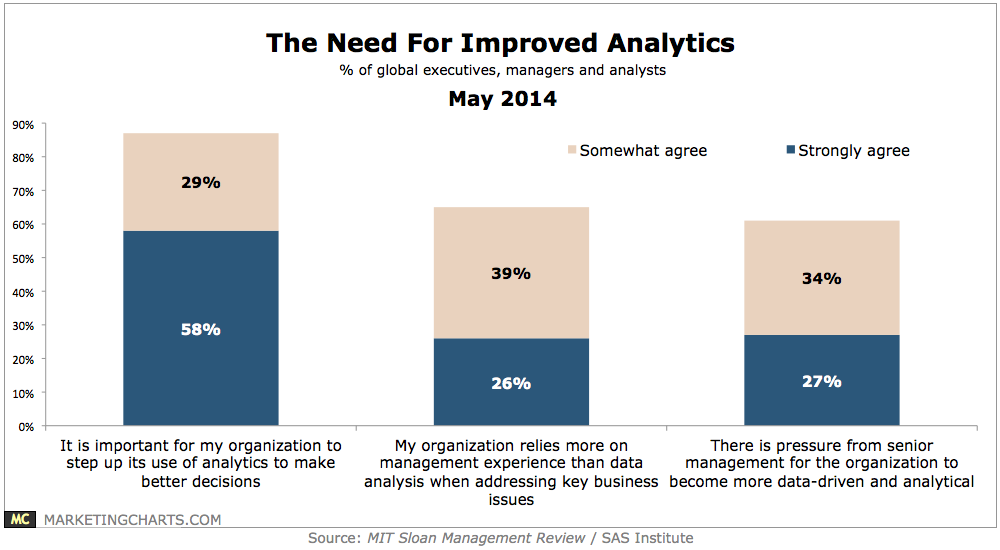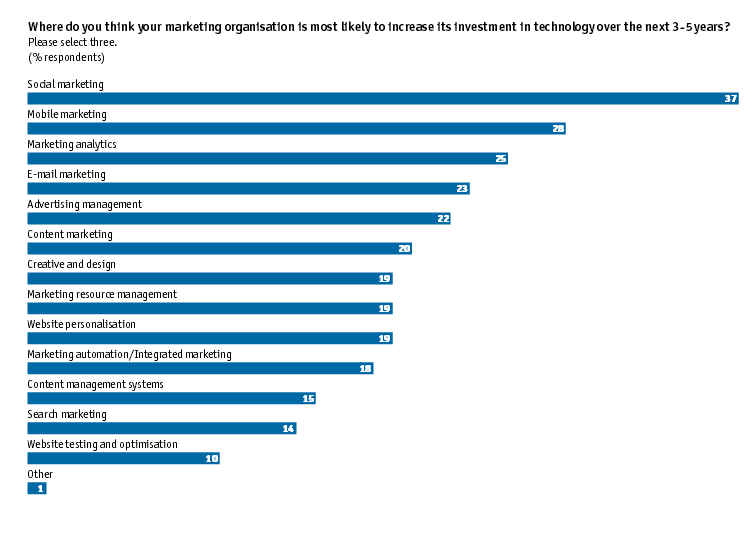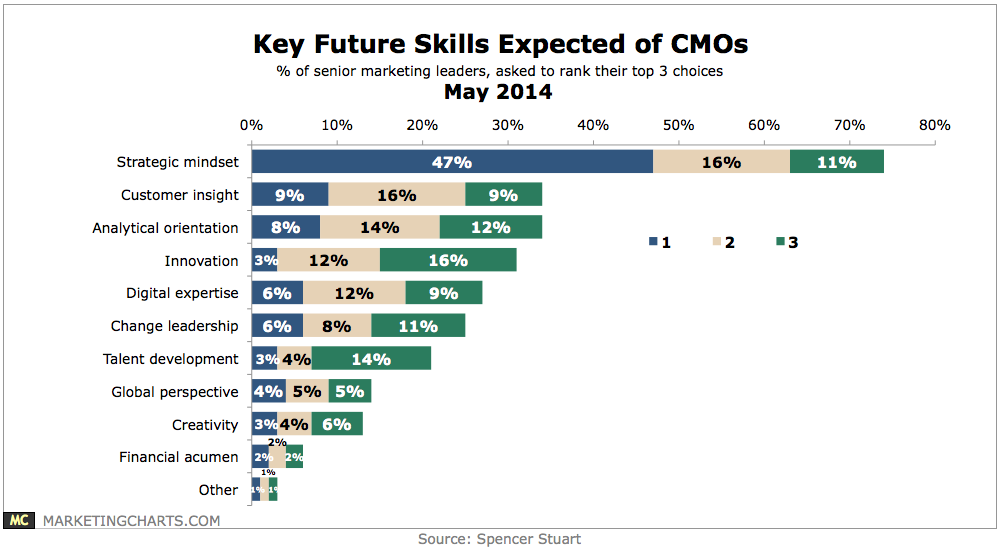
Do you hate the phrase getting inside your readers head?
Althoughyou know you are supposed to be able to do it, you dont haveany specific instructions onhow to do it.
Of course, its important to understand your currentreaders and those you are trying to attract with your content, but thats one of the hardest skills you have to develop as a writer.
Its going to take years of continuous improvement to become really good at it.
However, there are ways for you to get thisinformation much soonernamely, formulas and tools.
In this post, Im going to focus on the latter.
Ive put together a list of the eight best tools for getting inside your readers heads.
They will give you tangible data you can use to produce content that resonates with your readers.
Finally, Ill show you how to use the key features of these tools. I promise that none of them are difficult to use and that they are worth your time.
Tool type #1 Hard demographics data
If you want to know what your readers think, you first need to know who they are.
Thats where demographics come in.
Essentially, any statistic that describes a characteristic of your audience is a demographic. The most common are:
- age
- location
- device preference
- gender
- marital status
The tools in this section will help you figure out who you should be targeting in the first place. They can be used whether you have an existing audience or are just starting off.
This tool is one of the most complete Ive ever come across when it comes to demographics.
The only significant limitation is that it draws its data from Twitter.
However, as long as people in your niche use Twitter (which is likely), its really useful.
While you can sign up for Demographics Pro directly, its pretty simple to use this Hootsuite app.
When you click the link in the title for this tool and then click the Install App button on the page, youll be taken to Hootsuite, where youll see a pop-up like this (if youre signed in):

Once you install the app, youll see a new tab on your account called Demographics Pro for Twitter.

To use the tool, simply enter a Twitter handle (e.g., @NeilPatel), and click get profile.
Thatll automatically bring up some basic data:

More useful, though, is the view full profile option. Click that link, and youll see an extremely detailed panel like this:

From this, you can get a ton of demographic information about your (or their) followers and even some psychographics (more on that in section 2):
- gender distribution
- marital status
- parental status
- age
- average income
- location
- types of jobs they have
- types of hobbies they have
- types of brands they like
Its a gold mine of information.
If youre already using Twitter, start with your own profile.
Then, get the stats of some of your top competitors. If you dont know who they are, head to Buzzsumos amplification tool, and search for some keywords that describe your niche:

This is a similar type of social audience analyzer. However, it analyzes both Facebook and Twitter, so theres a potential to get a few different insights.
Once you sign up for an account (free trials available), you can connect your Twitter and Facebook accounts (only your own).
That will populate your account with a bunch of social trends data, but more importantlydemographics.

On top of getting a gender distribution of the audience on each platform, you get a detailed breakdown of their age brackets. Thats another important insight into your audience that will come in andy.
It might surprise you to find out that the Google Display Planner is another decent source ofdemographic dataeven though itisnt the tools primary purpose.
When you open the planner, you have two options for searching:
- keywords, topics, or sites
- a landing page
I recommend doing both, and several times if possible. The larger your sample size, the more accurate your demographics data will be.
You can enter your own site, a competitors site, orkeywords that you will be targeting with SEO.
Once youve picked an option, click the blue button to proceed:

On the next page, youll get a whole bunch of suggestions for ad keywords. Ignore them.
The only thing we care about here is the panel in the center of the screen that breaks down the demographics of people who search for the terms you entered (or terms found on the page you entered).
It looks like this:

Again, you get a gender and age breakdown.
Additionally, you can record which devices that audience prefers to use.
Is all this information redundant? It is to a degree, but its still useful. By now, you have demographic data from three different tools.
That data may look the same, but there may be differences because its collected from different sources.
Having data from multiple sources ensures that it wont be skewed. You can take an average of all the data you collect or keep it as a range (i.e., average age might be 25-34 and not just one specific number).
The final tool in this section also uses Twitter to retrievedemographic data. However, it provides one important feature that the others miss.
Once you create an account, go to the Analyze tab on the top menu. Enter your Twitter handle, and let the tool scan your followers.
On the next page, look for a graph like the one below that shows at what times your followers are most active.

This information will be useful when you are promoting your content, especially on social media.
Tool type #2 Understand your readers thinking (psychographics)
Once youve nailed down who your readers are or will be, its time to start figuring out how they think.
Ideally, you want to answer questions such as:
- what are their biggest problems?
- what type of content do they like the most?
- what kind of language do they use?
- what bores them, and what excites them?
The tools in this section will help you answer these questions and eliminateguesswork.
This is a simple tool that makes getting useful data from forums easy.
Basically, you enter a keyword and sites to scan, and the tool pulls up relevant thread titles for you. You can search multiple sites at once.
Start by inputting a keyword into the first field. You could manually enter sites, but an easier option is to simply pick one of the preset categories. If youre not sure which one to choose, pick generic:

The tool will load the results after a few seconds of search:

I recommend downloading the results into a spreadsheet and analyzing them there.
Remember those questions you need to answer? These results will help you do that.
Youll have some irrelevant results, so start by removing those.
Once you have a few hundred relevant threads left, dig in.
Note down:
- common questions (those thatcome up more than once)
- any phrasing that you wouldnt normally use yourself
- any other keywords that you havent thought of (that you see in the titles)
Then, repeat this whole process at least a few times with different keywords.
If you know me well, you know I founded Crazy Egg.
Ill let you judge the tool for yourself, but it can be incredibly useful for understanding the behavior of your readers.
The one catch is that you have to actually have readers before you can use the tool.
Assuming you do, Crazy Egg will give you a variety of heatmaps that will show you exactly how readers interact with your content.
There are two types of maps youll want to look at.
First is the scroll map, which tells you how people scroll through your page. You can tell what portions of the page they pay more or less attention to.

Its natural for the percentage to decline asyou scroll down, but you might seethat it declines at certain sections in the middle of the content.
This is a clear indication that something on your page didnt interest your readers.
For example, if I looked at a heatmap for this post and saw that theres a huge drop off withinthis section, I could conclude that my readers dont like reading about heatmap tools (or potentially about psychographics).
Similarly, hot spots lower down the page indicate that youve touched upon something that excites them.
Record this information forall your content, and youll start seeing patterns in the type of content,the tone, and the formatyour readerslike.
To get even more insight into your readers preferences, you can use click heatmaps, which show you what readers clicked on:

Youll see that certain things attract their attention more than others. Again, look for patterns.
The heatmaps can give you a lot of insight into what excites and bores your readers.
However, sometimes you need more, or you dont have enough readers to use heatmaps yet.
Thats where Buzzsumos top content tool comes in.
Youll want to make a list of keywords youll be using within your content. Then, search them one by one in the tool:

The tool will return a list of the most popular content in the past year (sorted by total shares).
Visit as many of these pagesas you can, and record down the answers to these questions in your spreadsheet:
- What format does the content use? (lots of images? videos? big font? small font?)
- What tone does the content use? (news articles? personal stories? conversational?)
- Why would your reader be so excited about this topic?
You can leave the last one blank for now if you dont know, but come back to it later.
When you have a good understanding of your readers, you should be able to figure out why these top articles would appeal to them more than the average content.
Finally, searchall theanswers to all those questions for patterns.
For example, if a large chunk of the most popular posts are mainly image-based, you know that your readers love images.
Tool type #3 Assemble your data, and make it useful
If youve used every tool up until this point, you have a lot of useful data.
Dont justputit on a spreadsheet and forget about it.
Instead, create reader personas. Itwill help you and your team when you need to be remindedfor whom you are writing.
I created this final section for a single tool because I feel thatalthough it is a small step you need to takeits a very important step.
This tool was created by Hubspot, and its brilliant.
It guides you through a simple process that uses allthe different demographic and psychographic information youve collected with all the other tools.
It also ensures that you dont forget any key part of creating a reader persona, e.g.,putting a real name or face to it:

Once you answer all the questions, the tool will producea well-organized persona summary:

First, you should share this with everyone whohelps you with content.
Next, you should be looking at this before you write any content yourself. Always ask yourself what this person would find valuable and interesting. Print it out, and hang it up if you need to.
Note that you can create multiple personas if thats what the data supports.
Conclusion
This is not a huge list, but every tool on this list can be useful.
The better you understand your readers, the more youll be able to write exactly what they want to see (and value).
I recommend trying at least a few of the tools, but if you really want to get a clear picture of what your readers think and care about, use them all.
If I missed a tool that can help writers understand their audiences, please post it in the comments below, and Ill give it a look.

 This post isnt sponsored. Im only posting it because I was thinking about another company and how they operate pretty much the exact opposite of Staples, and it made me want to write this to you.
This post isnt sponsored. Im only posting it because I was thinking about another company and how they operate pretty much the exact opposite of Staples, and it made me want to write this to you. 







 Earlier this month,
Earlier this month,  Phil Singleton is a self-described SEO grunt obsessed with tweaking websites for search engine optimization and conversions, and creating WordPress SEO & PPC plugins. He owns & operates Kansas City Web Design, a
Phil Singleton is a self-described SEO grunt obsessed with tweaking websites for search engine optimization and conversions, and creating WordPress SEO & PPC plugins. He owns & operates Kansas City Web Design, a 




















